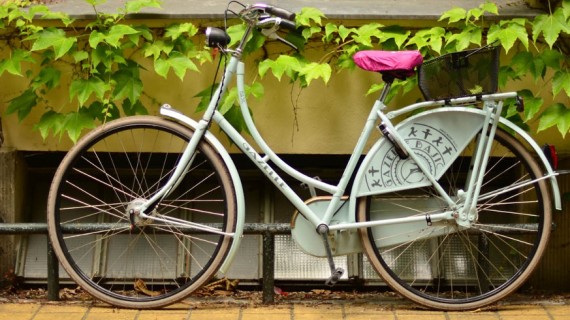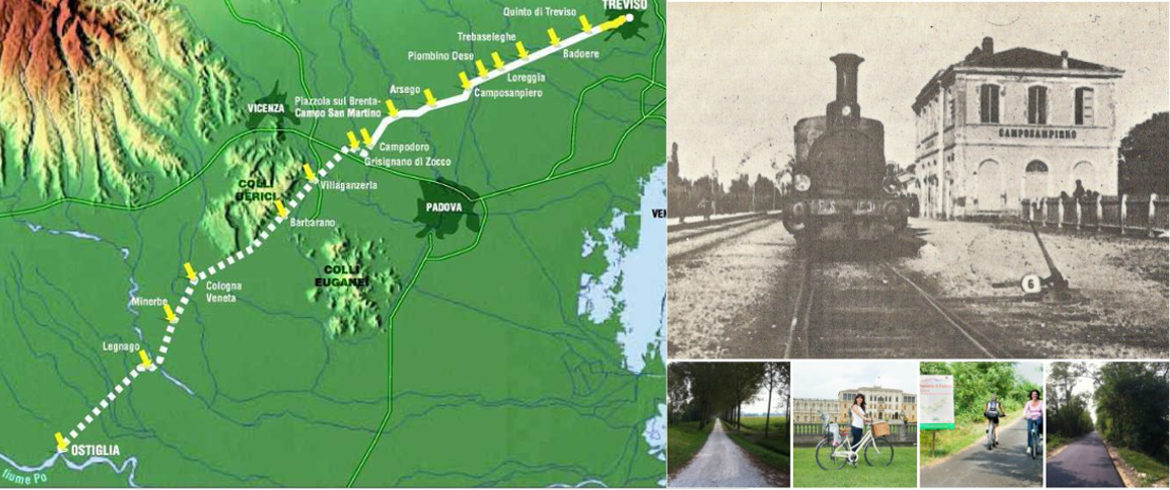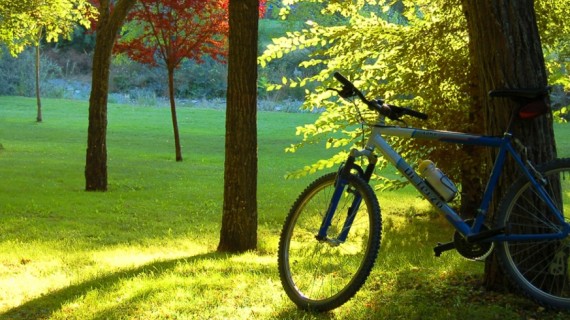What does laufmaschine tell you? Probably nothing. But it’s because of this invention, dated 1817, from Karl Driess Von Sauerbonn that we have the bicycle ancient ancestor.
A 200-Year History of the Bicycle
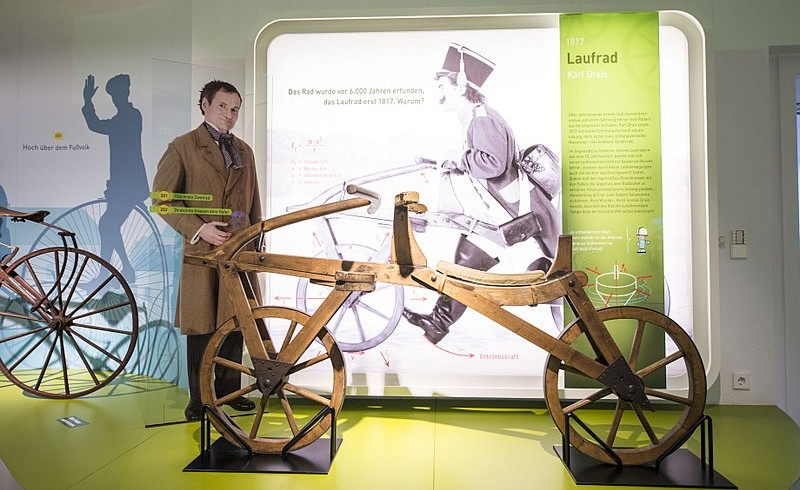
Two hundred years and feeling as young as ever! The bicycle is a timeless mode of transport (which can be used from oldest to youngest), and its durability over the years is probably due to its numerous benefits from the matters related to well-being to the environmental protection.
The bicycle, as we know it, has a story that could be divided in two stages: the first dated from the second half of the 19th century when laufmaschine gave space to the iron velocipede fitted with pedals, the same size tyred wheels and a back sprocket.
In this stage have a velocipede was a privilege and it was used only in sporting events including the Paris-Rouen in which some women were involved too and the Florence-Pistoia competition in Italy.
The second stage starts at the beginning of the 20th century, in these years something changed: thanks to very low prices, anyone could buy a velocipede so it became not only a vehicle but also a cultural and educational instrument.
Through the use of pneumatic tires of rubber and free-wheel, the cyclist could set independently its pace and organize its travel.
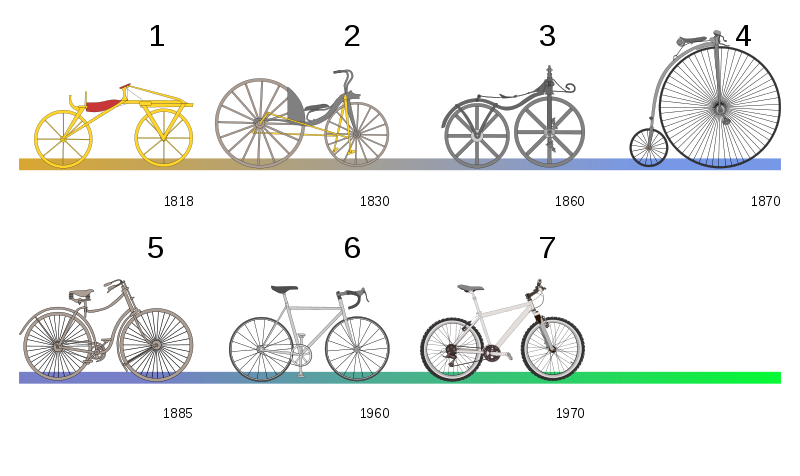
Cyclotourism
In Italy, during the same period, was born the cycling tourism. To protect this kind of tourism some club arise, first of all, the TCCI (Touring Club Ciclistico Italiano) hatched by 57 cyclists in 1894.
For the first time cycle path and street signs are being carried out in Italy to facilitate the cyclists.
It was the beginning of a new era, with the introduction of maps and dedicated texts something was changing in the concept of modern tourism.
At the time of the First World War, the bicycle was used only to transport food or going to work. In the ’60s cars replace bicycles and in the 70’s it become a symbol of unconformity.
Between the ’80s and 90’s thanks to the dissemination of mountain bikes, bicycle sales had exponential growth.
During the same years was set up FIAB (Federazione Italiana Amici della Bicicletta) which promotes intelligent use of the bicycle while respecting the environment.
Both for daily commuting and to support sustainable tourism, the advantages to be gained from the use of the bicycle are numerous.
The aspect of sustainability is very important. Bicycle is the most environmentally-friendly form of transport and cycling tourism is increasing exponentially helping to recover disused areas.
FIAB has also contributed to realizing two important projects of cycling tourism: Eurovelo and Bicitalia.
The first is an EFC project and is made of 17 cycling itineraries which crossing whole Europe and that are intended to give an alternative way to motor traffic and create transit routes for the European tourists.
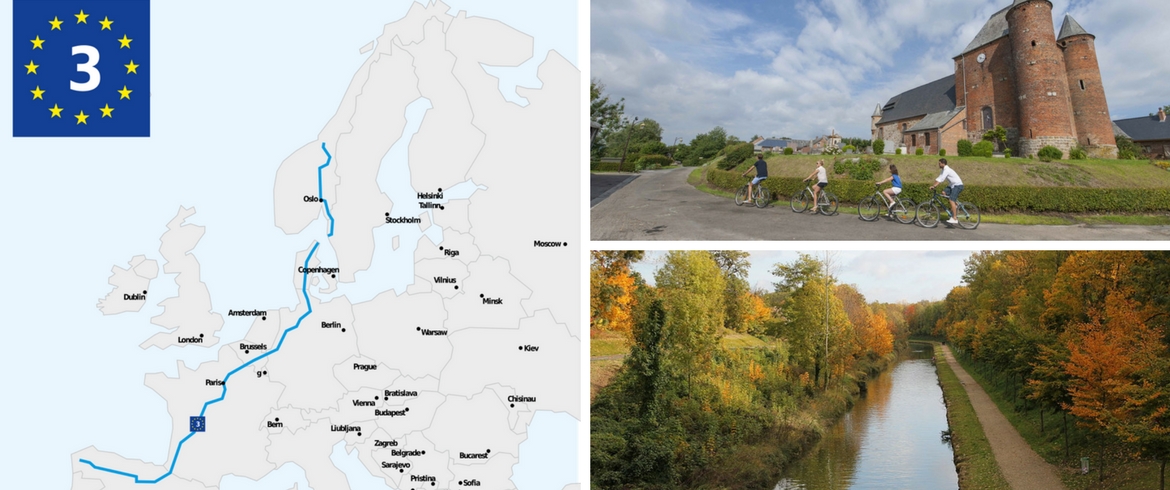
Bicitalia is intended to realize a national practicability network for long-range connections. The Stability Law of 2016 has allocated 17 mln of euro for 2016 and 37 mln for 2017 and 2018 in support of Bicitalia for the implementation of four prioritized cycling routes.
A map of the national cycling network with all the viable ways updated on 2017
Cycling Tourism is interesting from an economic view-point: its turnover is about 44 mld of euro per year, 7 of whom produced by Eurovelo.
2.295 million people in Europe organize their holidays on bike generating an increase in the overnight stays with an expenditure of 9 mld per year.
In this respect, FIAB realized Albergabici, a circuit in which are inserted some reception facilities dedicated to “cycling tourists”.
But let’s have a sketch of the cycling tourist and what are his needs. He’s environmentally friendly, is autonomous and travels both himself or with other people. Is an organized person but doesn’t refuse the recommendations of others.
He needs his privacy, loves unusual destinations and is a member of communities in which word of mouth is widely used.
He stops for a one-night stay, needs to wash his induments and needs a stay for its bike too; but, before leaving, he needs a vast breakfast to deal with his tour!

Last year reminded us the bicycle’s precious quality and the importance of its use.
It could be a coincidence, but Onu in 2015 has ruled that 2017 would have been the year of sustainable tourism, emphasising the importance of an environment-friendly way of travel.
Let’s hope that the policies launched at the Italian level for the growth of cycling tourism will be successful.
Best Apps for Bicycle Lovers
Here is a list that could be helpful for those who want to undertake to approach to this kind of tourism:
- TRENTINO OUTDOOR: developed by Alpstein Tourismus, for Visit Trentino, is an app dedicated to tourism with a cycling tourism section (free)
- CICLABILE DOLOMITI: focused on the cycle path which connect Dobbiaco to Calalzo di Cadore (free)
- BIKE CITY GUIDE: available only in Austria, Belgium, Germany, Switzerland, Netherlands, and France. Suitable for that kind of tourist that want to visit a city with an organized tour or by himself (free)
- CORONA IN BICI: perfect to those who want to visit Turin. It is realized on a ring of 90 km that connect royal residences to the metropolitan parks. It provides information about the upward or downward gradient and enables the customers to share their experiences (free)
- WARMSHOWERS: do you need a rest? No problem! Here is a community of cycling tourists who share their hospitality (free)
- B.i.CYCLE: provides information about the route selected and allows for the consultation of maps (€ 7,99)
- BIKE REPAIR: provides some tutorials about bike repair (€ 2,99)
- iCOLS: available only for iPhone, it’s a database in which are inserted the most beautiful hills in Europe, 1200 at the moment (€ 2,99)
Cover image: via Pixbar

